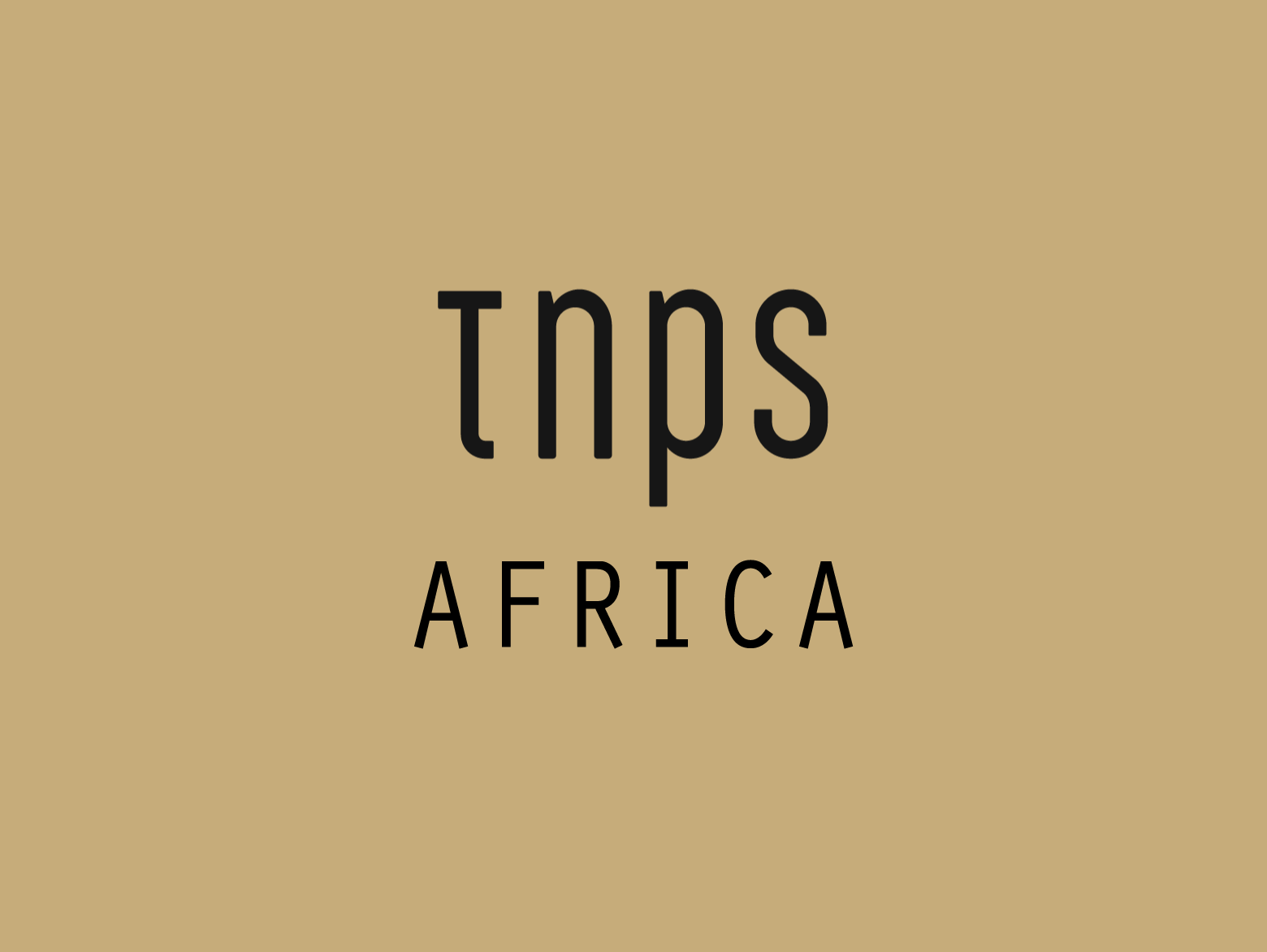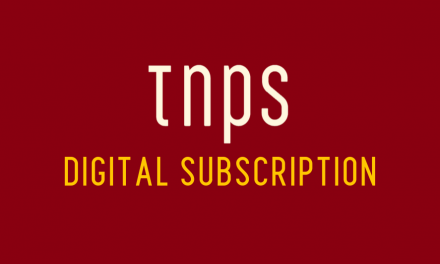Netflix has beaten expectations yet again, adding another 7.4 million subscribers January through March. And crucially nearly three quarters of them came from outside the US.
In the next three months Netflix will, on current trends, reach the tipping point where the bulk of its revenue comes from outside the USA.
And here’s the thing. It has nowhere to go but up.
The BBC quotes GBH Insights analyst Daniel Ives as saying,
the results showed “the company’s aggressive international expansion strategy” was bearing fruit.
And there we have, in six words, what separates Netflix not just from other video streaming operators, but from other media. Publishers for example.
Netflix began life in 1997 selling and renting film on DVD. That quickly became just rental, followed a decade later by streaming, and then content creation.
Today Netflix streams video to all but four countries in the world.

It’s lightyears ahead of its competitors, not least Amazon, and there’s a reason for that.
While Amazon Video has almost the same geographical reach as Netflix, in stark contrast to its publishing sector, there is not the same internationalist passion that drives Netflix.
From the BBC report:
In a letter to shareholders, the company said it plans to invest up to $8bn this year in new TV series, films, documentaries and other programmes in several languages “to serve the diverse tastes of our growing global membership base.”
And that is in such stark contrast to the outlook even of the more progressive publishing companies that do make some attempt to take the international markets seriously.
Last year a new report valued the international book market at $143 billion.
And as I noted in that post, the USA accounts for just 29% of that. That is to say, 71% of global book revenue, according to the BookMap report, comes from outside the USA.
Put simply, the global book market already collectively dwarfs the US book market.
More importantly, as I discussed back in October, this is
a) way out of date (looking at 2015-16)
b) in my view a gross underestimation
c) a snapshot analogue perspective.
Check out the October post for more on that.
Here just to say what we are looking at with the BookMap overview of publishing is a bit like looking at Netflix seven or eight years ago, when it was beginning to embrace digital but was still living and breathing dvd rental.
No-one back then was seriously thinking digital streaming could even make a realistic profit overseas, let alone exceed the US revenue stream.
And that’s where we are with publishing now, where publishers “know” the global market exists, and make token efforts to reach it, but are not willing to pursue that
aggressive international expansion strategy
that has put Netflix where it is today.
And here’s the crazy irony of all this. Everywhere Netflix can reach right now, thanks to the proliferation of smartphones and the advancement of global internet access, is accessible to publishers, if only they would take the blinkers off and embrace digital in meaningful way.
That’s not to say they should abandon print, or even wind down their print operation. Just the opposite. Print will remain a key component of global publishing for many decades to come.
But the only thing preventing publishers embracing digital in the global markets – especially those markets where Amazon has no interest – is the publishers themselves.
Look at it this way. The film and TV industry hasn’t a snowball’s chance in hell of physically delivering DVD video to the world. The analogue infrastructure simply doesn’t exist to make DVD reach viable outside a handful of countries and a handful of big cities elsewhere around the world. And it’s the same for printed books.
Digital streaming changes everything. (By which I mean the act of delivering content over the internet, not the “pay by subscription” model, which is a separate argument.)
The thing is, digital delivery of content opened up pretty much every country in the world for Netflix. The only stop-outs are China, Crimea, North Korea and Syria.
Now publishers have the edge there, as many are already accessing mainland China.
But China aside, publishers are still living in the dark ages of the previous decade, when it really was impractical to reach readers globally and it made sense to concentrate on a handful of bigger markets.
Publishers, wake up and smell the coffee. It’s 2018, not 2008.
In the next three months Netflix will reach the tipping point where it will be making more revenue from the global markets than from the USA.
And it’s just getting into second gear.






Netflix started in 97 not 07.
It did indeed. Thanks for spotting that. The 2007 was meant to reference when it started streaming. Fingers and brain not as well coordinated as they ought to have been, and proofreader evidently on his tea break. 🙂 Post fixed with correct date. thanks again.